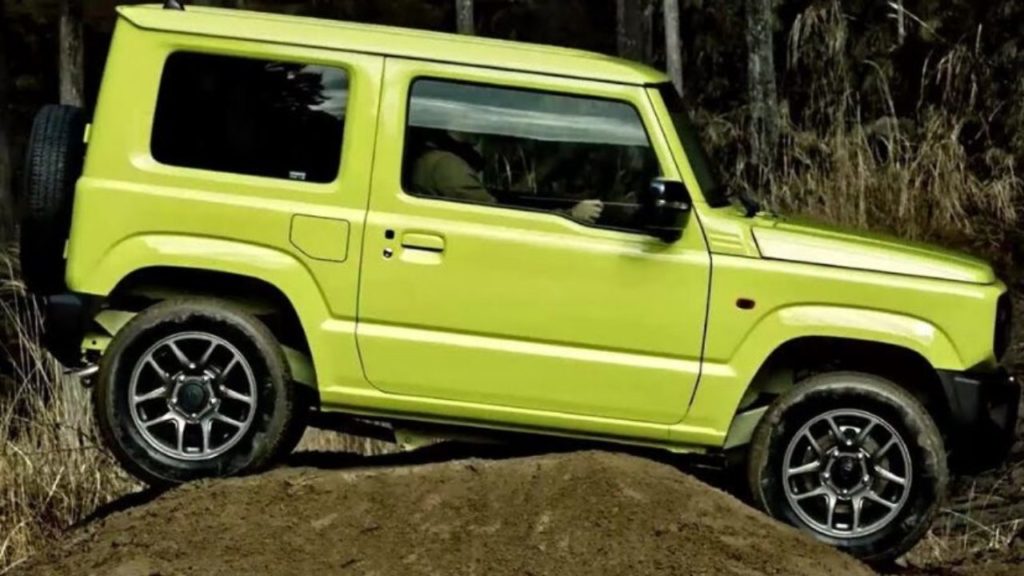In India’s automotive landscape, sports utility vehicles (SUVs) have emerged as the preferred choice for buyers, constituting every second car sold. Despite their widespread popularity, the official classification of SUVs reveals a stark contrast to their perceived dominance.

Official Definition and Sales Disparity
According to the Goods and Services Tax (GST) Council’s definition, an SUV must meet specific criteria, including engine capacity, length, and ground clearance. However, analysis reveals that only a third of the 47 models labeled as SUVs meet these criteria, resulting in a discrepancy between official classification and market perception.
Sales Figures and GST Compliance
Total car sales in India soared to a record 4.23 million units in the last fiscal year, with SUVs crossing the 50% market-share mark for the first time in FY24. However, when strictly adhering to GST guidelines, SUV sales were significantly lower, standing at 445,556 units compared to the 2.13 million claimed by carmakers.
Customer Preference and Tax Savings
The allure of SUVs lies in their upright stance, higher driving position, and perceived ruggedness, appealing particularly to younger, image-conscious buyers. Additionally, SUVs offer tax savings under the GST regime, with levies capped at 28% coupled with compensation cess, attracting the highest compensation cess of 22%.
Industry Evolution and Changing Preferences
SUVs have evolved over the years, adapting to changing consumer preferences and market dynamics. Traditionally associated with off-roading capabilities, SUVs now encompass a broader range of vehicles with varying features and functionalities. This evolution reflects a shift in customer preferences towards urban-centric usage and lifestyle-oriented vehicles.
Market Dynamics and Segment Evolution
The SUV segment has witnessed significant diversification, with sub-segments emerging to cater to different customer needs and preferences. From compact SUVs like the Maruti Suzuki Brezza to midsize SUVs such as the Hyundai Creta, the market offers a wide range of options to consumers.
Future Outlook and Growth Prospects
Despite discrepancies between official classification and market perception, the SUV segment is expected to continue its growth trajectory. With increasing urbanization, changing lifestyles, and a slew of new launches in the segment, SUVs are poised to maintain their dominance in India’s automotive landscape.
Conclusion
While official classification may not fully capture the popularity and diversity of SUVs in India, their widespread appeal and evolving market dynamics underscore their significance in the automotive industry. As consumer preferences evolve and technological advancements continue, the SUV segment is likely to remain a key driver of growth and innovation in the years to come.














